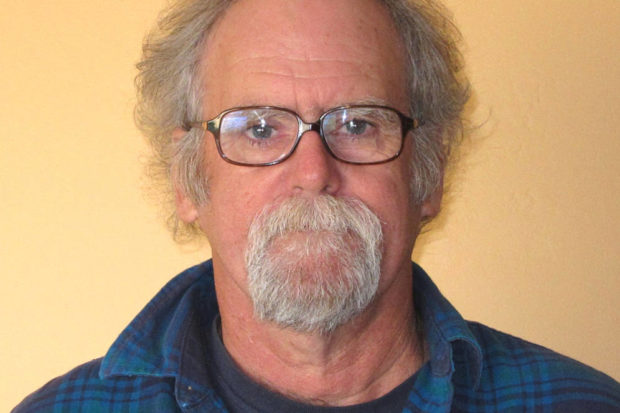
By Tom Frantz
The Central Valley Air Quality Coalition (CVAQ) and other air quality advocates have long stated the need for tighter rules on the Valley’s biggest stationary sources of pollution. Heading the top of the list are rules regulating the oil industry, refineries, biomass incinerators, power plants, glass factories and factory dairies. Cleaning up agricultural equipment and enforcing a stronger indirect source rule for the expanding distribution center network are also needed.
The San Joaquin Valley Air Pollution Control District (the Air Board) often brags about having the strictest rules in the nation. Unfortunately, loopholes, exceptions, variances and lack of enforcement often make these rules meaningless or ineffective. A rule may require “Best Available Control Technology” to reduce emissions. This is what we want. But the fine print explains that what is considered “best” is subject to industry-guided interpretations of what is economically feasible. Many times, the rule language in other air districts is stronger.
A good example is the San Joaquin Valley Flare Rule 4311. This rule applies to oil field production flares. These flares burn the natural gas produced with crude oil. If the gas is fairly clean and there is infrastructure for moving it to wholesalers, it is sold. But natural gas is cheap, and selling it often becomes uneconomical due to processing and transportation costs. In this situation, oil producers have permits to flare the gas.
The public is told there are only two alternatives for dealing with this unsold gas. Either it is released into the air as a hazardous or toxic emission or it is flared, which is more desirable. Not considered is the option for the oil producer to close a valve or shut down a pump to limit production of the gas. The Air Board standard is that it is better to flare the gas than have an oil company lose money. Unfortunately, human health is not factored into these market calculations. The Air Board, as a health agency, should be on the side of the public.
Valley air district staff claim that their flare rule is as stringent as any in the nation. The Ventura and Santa Barbara air districts prove them wrong.
Our local air district rule says there should be equipment and procedures in place to minimize flaring. The details are left up to the discretion of Seyed Sadredin, chief officer of the district. He insists on discretion to do what is best for the many varying situations. A typical flaring permit for an oil company states it will attempt to sell the gas if it can’t use the gas in its local process heaters. When the gas can’t be sold, the company will consider shutting down production of gas as long as that doesn’t hurt its oil production.
In Santa Barbara County, Flare Rule 359 has a different approach. This rule insists on a specific target for flared gas of no more than 5% of total gas produced. In other words, they have a performance standard.
Ventura County has Flare Rule 54. They have a performance standard where flaring from a single source has to be consistently reduced by about 10% every year. They also go one step further and actually fine any oil company that doesn’t meet this performance standard. The fine is based proportionately on how much the company exceeds the target.
From the above, it looks like our Air District does not have the strictest rules in the nation. Nearby districts with far cleaner air give clear examples of how they could do better.
The Air Board should realize this and demand both a performance standard and a penalty system as part of any flare permit. Regions with cleaner air should not have more stringent rules than the place with the worst air in the nation.
The best thing our air district could do would be to charge the oil companies for the quantity of gas they flare. If the amount of the penalty was even 1% of what a residential customer would pay for the same quantity of natural gas, there would be an immediate end to most flaring in the Valley.
Because many of the dozens of flares in the oil fields emit 5‒10 tons of NOx annually, this would mean a significant reduction in pollution and make the Valley a healthier place to live. It would also eliminate thousands of tons of greenhouse gases as it ends this waste of a valuable fossil fuel resource.
Sadredin and his top staff have lied to the public many times about the true nature of our air pollution problem. Their claim of doing everything possible to clean up our air is particularly galling to a public suffering the health consequences of their inaction.
Because of this mendacity, members of the CVAQ took a request to the Air Board meeting in February asking for Seyed’s resignation. The next step is up to the Air Board.
*****
Longtime clean air advocate Tom Frantz is a retired math teacher and Kern County almond farmer. A founding member of the Central Valley Air Quality Coalition, he serves on the CVAQ steering committee and as president of the Association of Irritated Residents. CVAQ is a partnership of more than 70 community, medical, public health, environmental and environmental justice organizations representing thousands of residents in the San Joaquin Valley unified in their commitment to improve the health of Californians. For more information, visit www.calcleanair.org.
